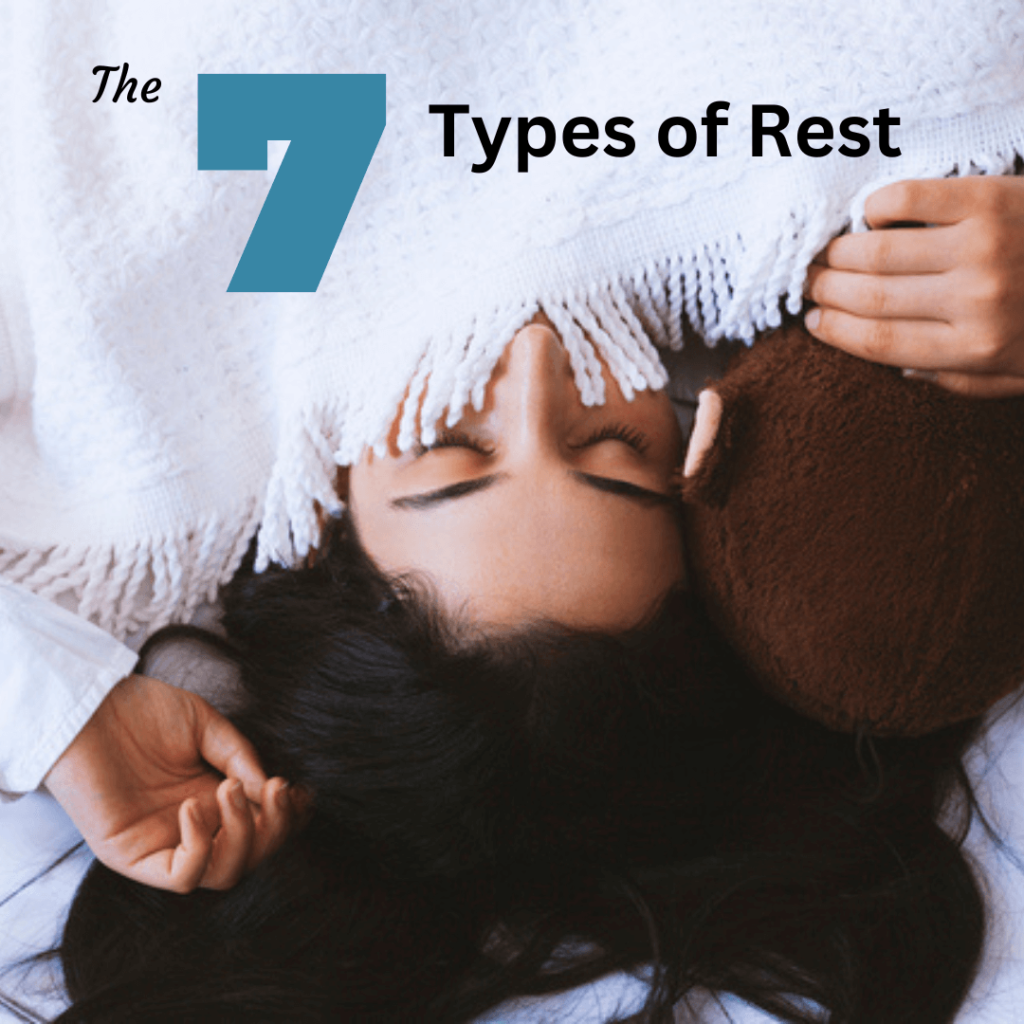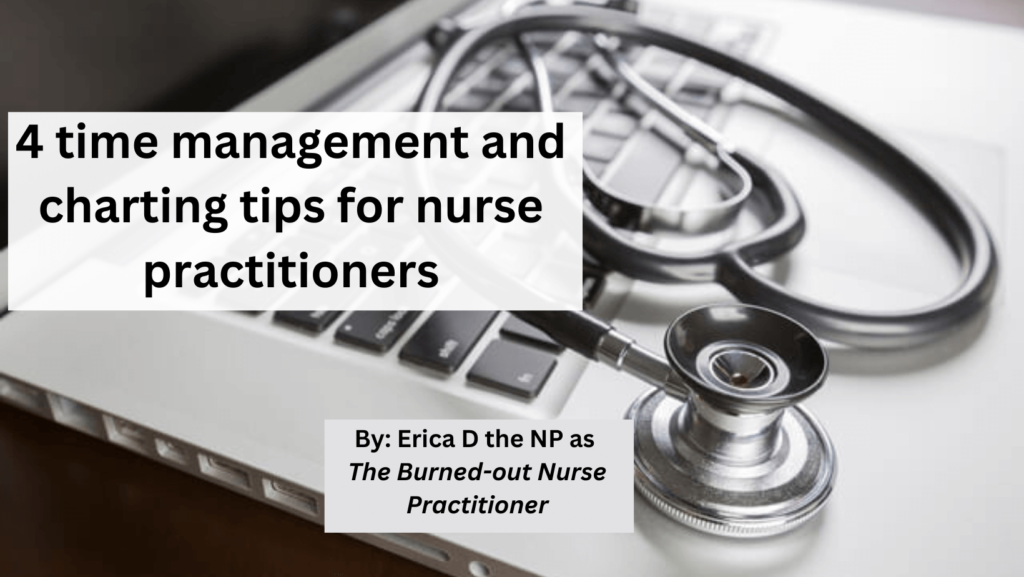Pre-shift Anxiety: Understanding & Managing Stress for Healthcare Professionals
Healthcare professionals often experience pre-shift anxiety, which can significantly impact their mental health and wellbeing. This feeling of anticipation and uncertainty about what’s to come can manifest as physical and emotional symptoms, such as increased heart rate, sweating, and worry about work tasks.
While anxiety is often associated with fear, worry, and stress, it serves a purpose and has benefits. Anxiety can be a motivator, prompting individuals to take action and make positive changes in their lives. It can also be a signal that something isn’t right, prompting individuals to seek help and support from others. Finally, anxiety can be a source of mental fortitude, as individuals can build their mental fortitude and adaptability by learning to cope with anxiety and manage stress.
Brianna Wiest says, “anxiety can also be a warning sign that we’re too much in the past or future. Being there affects how we make choices in the present.” Thus, healthcare professionals need to reframe their perspective on anxiety and learn to manage stress to thrive in their careers.
According to a study published in the Journal of Clinical Nursing, around 43% of healthcare professionals experience moderate to high anxiety levels. Moreover, healthcare professionals who experience anxiety may be more prone to burnout, depression, and other mental health issues

- Routine: Establishing a routine before work can help individuals feel more in control and prepared for the day ahead.
- Mindfulness Techniques: Practicing mindfulness techniques such as taking a few deep breaths, practicing yoga, or meditating can help reduce anxiety levels.
- Support: Building supportive relationships with colleagues, seeking professional help, and taking care of physical health can also help reduce anxiety levels.
- Journal: Keeping a journal and writing down your thoughts and feelings can help you identify patterns and triggers contributing to your anxiety.
- Seeking Therapy: A mental health professional can help you identify the source of your anxiety and develop strategies for managing it.
- Take a Break: Taking a break from work or other stressful activities can help individuals gain clarity and identify potential sources of anxiety.
- Healthcare professionals need recognize the prevalence and impact of pre-shift anxiety on their mental health and well-being. By adopting strategies to mitigate anxiety and managing stress, they can thrive in their careers while ensuring high-quality patient care.
SOURCES
Biegel, G. M., Brown, K. W., Shapiro, S. L., & Schubert, C. M. (2009). Mindfulness-based stress reduction for the treatment of adolescent psychiatric outpatients: A randomized clinical trial. Journal of consulting and clinical psychology, 77(5), 855–866. https://doi.org/10.1037/a0016241
Birks, M., Cant, R., James, A., Chung, C., & Davis, J. (2016). The use of physical assessment skills by registered nurses in Australia: Issues for nursing practice. Collegian, 23(2), 165–172. https://doi.org/













